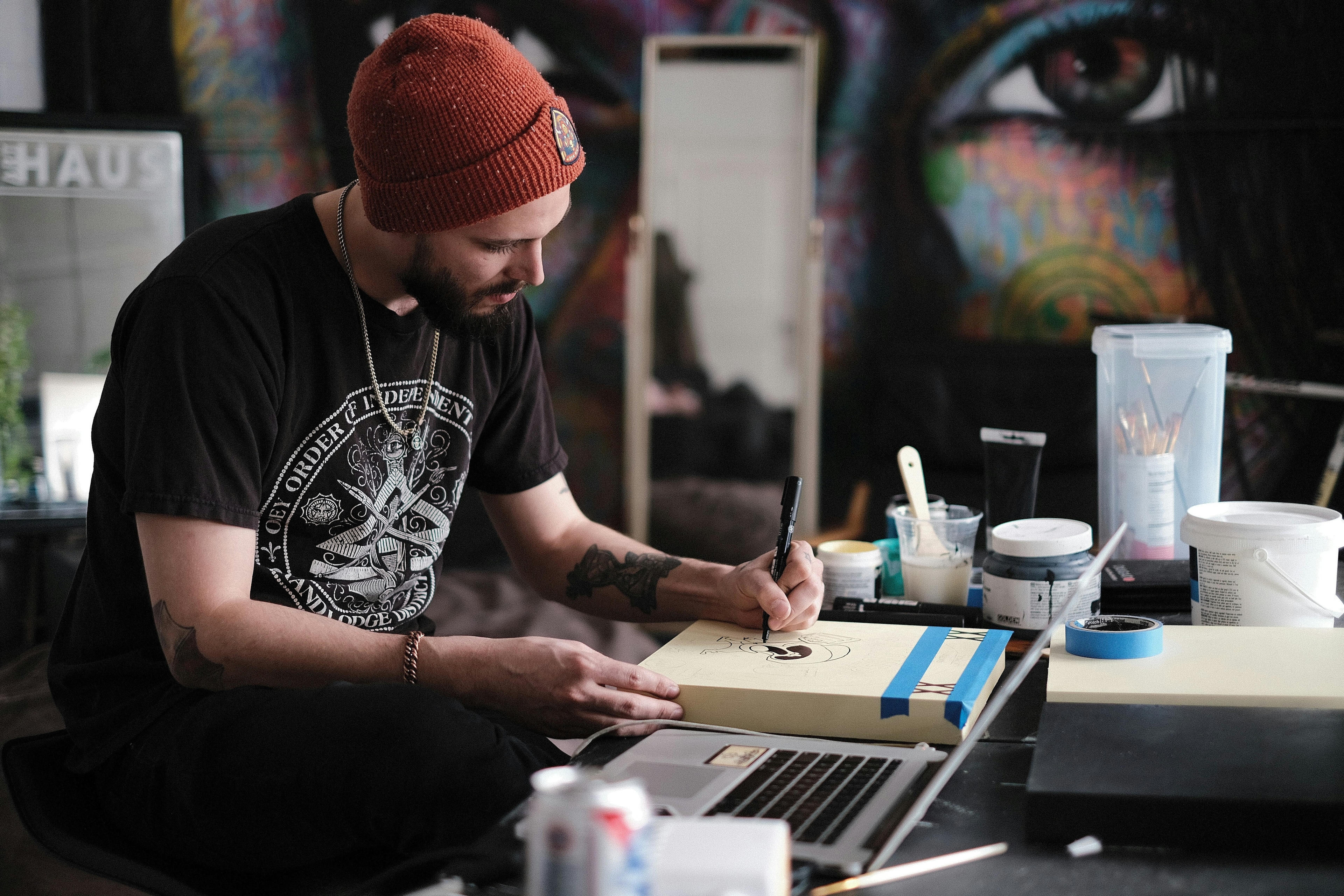Struggling to solve a problem? Historian says that exposure to art could help

The average museum-goer spends less than 30 seconds looking at a work of art. Image: UNSPLASH/Andrew Neel

Get involved with our crowdsourced digital platform to deliver impact at scale
Stay up to date:
Arts and Culture
- Art historian, Amy Herman, says that spending time with art work can help us to improve our problem-solving skills.
- She discusses the 'art of noticing', which is the ability to put down our mobile phones and truly focus on the art work in front of us.
- The skills of art observation are transferrable, being able to decipher nuance and ambiguity is a skill used by hostage negotiators, for example.
In the search for novel ways to hone our problem-solving skills, spending time with a work of art may be the simplest and most effective training, according to the art historian Amy Herman.
Herman has been teaching professionals—homicide detectives, medical students, lawyers, and engineers—to read paintings as a way to improve their analytical faculties. “Art provides a safe space outside of ourselves to analyze our observations and convert those observable details into actionable knowledge,” Herman writes in the introduction to her new book, Fixed. How to Perfect the Fine Art of Problem-Solving.
Doing so can help us understand how and why things go wrong and, more importantly, how to fix them, she explains.
Putting the lesson into practice
In her book, Herman explains how to navigate a complex composition, step by step.
Consider Théodore Géricault’s grisly painting, The Raft of the Medusa.
Herman writes:
Take in its scope, notice its details, count things, catalog what you think might be going on.
Then, take a breath and let your mind wander.
What did the chaos of the preceding scene bring to mind? A natural disaster? A human-made catastrophe? The current state of your country? Maybe you were reminded of more personal scenarios: office drama, an argument at home that got out of hand, Zoom Thanksgiving.
No matter who you are or where you live, chances are you can relate to the desperation depicted above.
A crucial skill in Herman’s approach is the art of noticing—the ability to quell the impulse to pick up our mobile devices and to pause long enough to ruminate on the details of a visual spectacle before us. This is particularly salient in the age of short attention spans, where the average museum-goer spends less than 30 seconds looking at a work of art.
Looking at art also attunes us to nuance and ambiguity, explains Herman. It’s a skill that’s critical for hostage negotiators to managers trying to read the room.
“The optimal way to look at art, whether alone or with others, is to look at the object first, speak after looking, and only then, read the label,” Herman tells Quartz. “My hope is that by learning to look at art in a structured way inspires and refreshes critical inquiry and that same model will be applied to when confronting problems in need of solutions.”
Herman, who once led the education department at the Frick Collection in New York City, insists that there’s no shame in “using art to study ourselves and the problems we face every single day.” “Art can be many different things to many different viewers,” she argues. “If the power of a work of art can be channeled to enable a viewer who does not have a background in art or art history to approach their vocation in a different and more expansive way, why not unleash that?”
What is the World Economic Forum doing to measure the value in media?
Don't miss any update on this topic
Create a free account and access your personalized content collection with our latest publications and analyses.
License and Republishing
World Economic Forum articles may be republished in accordance with the Creative Commons Attribution-NonCommercial-NoDerivatives 4.0 International Public License, and in accordance with our Terms of Use.
The views expressed in this article are those of the author alone and not the World Economic Forum.
Related topics:
The Agenda Weekly
A weekly update of the most important issues driving the global agenda
You can unsubscribe at any time using the link in our emails. For more details, review our privacy policy.
More on Arts and CultureSee all
Joseph Fowler and Amilcar Vargas
April 18, 2024
Robin Pomeroy and Sophia Akram
April 8, 2024
Faisal Kazim
April 3, 2024
Robin Pomeroy and Linda Lacina
March 28, 2024







